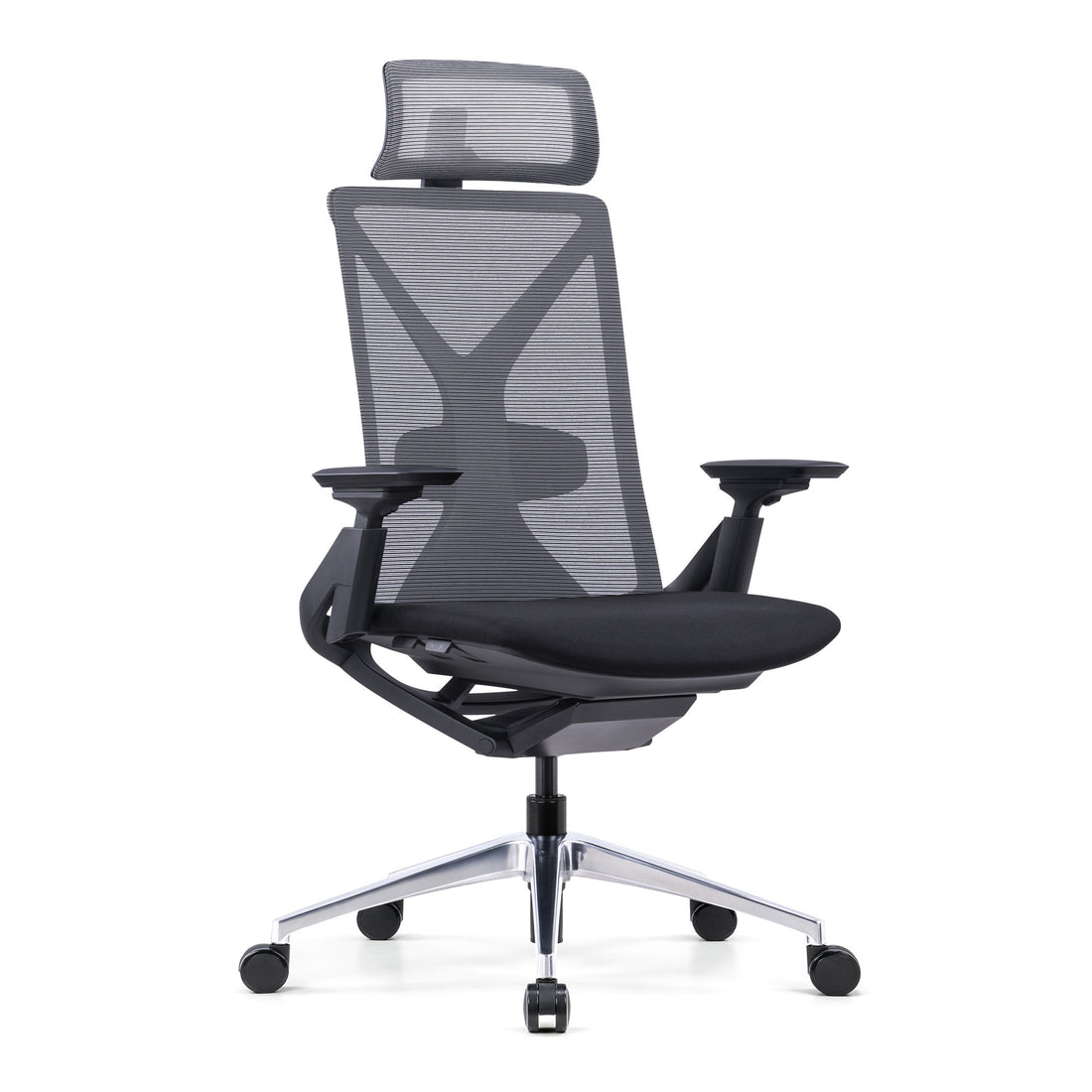The assumption that standing desks contribute to varicose veins is not surprising given that prolonged standing is one risk factor for developing them.
Many questions are asked about the benefits of standing desks, including if standing desks are good for lower back pain or if a standing desk is bad for your knees.
While there are a host of well-documented benefits from improved circulation to reduced back pain, varicose veins are one of the biggest concerns that turn people away.
Do Standing Desks Lead To Varicose Veins?
Standing can be almost as bad as sitting when it comes to varicose veins. Anyone who works a job that requires them to stand for long periods is at higher risk of developing varicose veins.
Prolonged sitting
The health risks of prolonged sitting are irrefutable—heart disease, diabetes, obesity, and developing varicose veins.
Extended periods of sitting restricts blood flow and results in the pooling of blood in the legs.
The veins in your legs need your calf muscles to pump the blood from the legs back to the heart. When your legs are inactive, your circulation isn’t strong enough to pump the blood back up your calves, which leads to pooling and, eventually, varicose veins.
Standing
So is standing at a desk better for you than sitting?
Standing in one place without moving for hours will have much the same effect on your legs as spending that same amount of time glued to your seat.
After a while, the muscles in your legs relax. You’ll feel this when your knees “lock” in place. Like with sitting, this means your circulatory system doesn’t have the strength it needs to pump your blood properly.
This is one of the reasons not to use a standing desk the entire day. Committing entirely to either sitting or standing at a desk will have negative effects on your health, circulation, and posture.
Role of Standing Desks in Preventing Varicose Veins
When used correctly, a stand-up desk not only reduces the risk of varicose veins but is also associated with a reduction in all manner of lifestyle diseases.
The health risks associated with sitting at your desk all day include obesity and poor eating habits, which are also associated with an increased prevalence in varicose veins.
We’re meant to move around during the day. While standing desks go some way towards helping you stay mobile, they’re not a silver bullet.
You still need to practice good habits like consistent exercise and stretching to make sure you stay alert and all your muscles work at their optimum level.
Movement encourages blood flow in the legs. In particular, it assists with the return of blood and limits blood pooling in the legs, which are two of the biggest contributing factors to varicose veins.
Although the association between standing desks and weight loss is somewhat overstated, changing from sitting to standing throughout the day has been measured to help shed excess fat.
Not only will this reduce unsightly veins, but it also makes you healthier in general, allowing you to stay focused and improve your mood.
The correct standing desk posture aids digestion as food can pass more easily through your intestines. With chronic constipation contributing to the development of varicose veins, a healthy digestive system is something you want to address.
Throw in some standing desk exercises combining stretches and strength moves, and you add the benefit of firming up your calves and glutes while keeping your joints and back supple.
Mitigating risks of standing too long
Height adjustable desks allow you to change between sitting and standing easily, which eliminates the risk of staying in one position for too long.

Unlike height-adjustable desks, fixed height standing desks mean you’re going to end up in one position for longer than you should.
One fix to this is to bring in an appropriately high stool or other seating arrangements into your office.
Some fixed height desks are fitted with a swing bar that allows you to rest your legs in different positions which allows you to get the blood flowing freely.
Another good option is to use an anti-fatigue mat. These mats are made of foam or gel and are designed to keep your legs from getting tired by forcing you to shift your weight from time to time.
While adjusting to a standing desk, alternate between sitting or standing frequently and take a couple of minutes to walk around. Stretching your legs every couple of hours will get all the blood in your system pumping again, which moves the blood pooling in your veins.
Final Verdict
Varicose veins occur when the one-way valves responsible for moving blood toward the heart get damaged.
Blood then pools on the veins, and the increased pressure weakens the vein walls resulting in enlarged, twisted veins.
It’s difficult to pinpoint an exact cause of varicose veins, but we know that several risk factors increase pressure to the legs.
Did you find our blog helpful? Then consider checking:
- Is A Standing Desk Better For Your Back
- Standing Desks And ADHD
- Standing Desks And Blood Pressure
- Is It Bad To Use A Standing Desk All Day
- Standing Desks And Neck Pain
- What Size Standing Desk Do I Need
- Narrow Standing Desk
- Large Stand Up Desk
- Standing Desks For Tall Person
- Standing Desks Primary School











